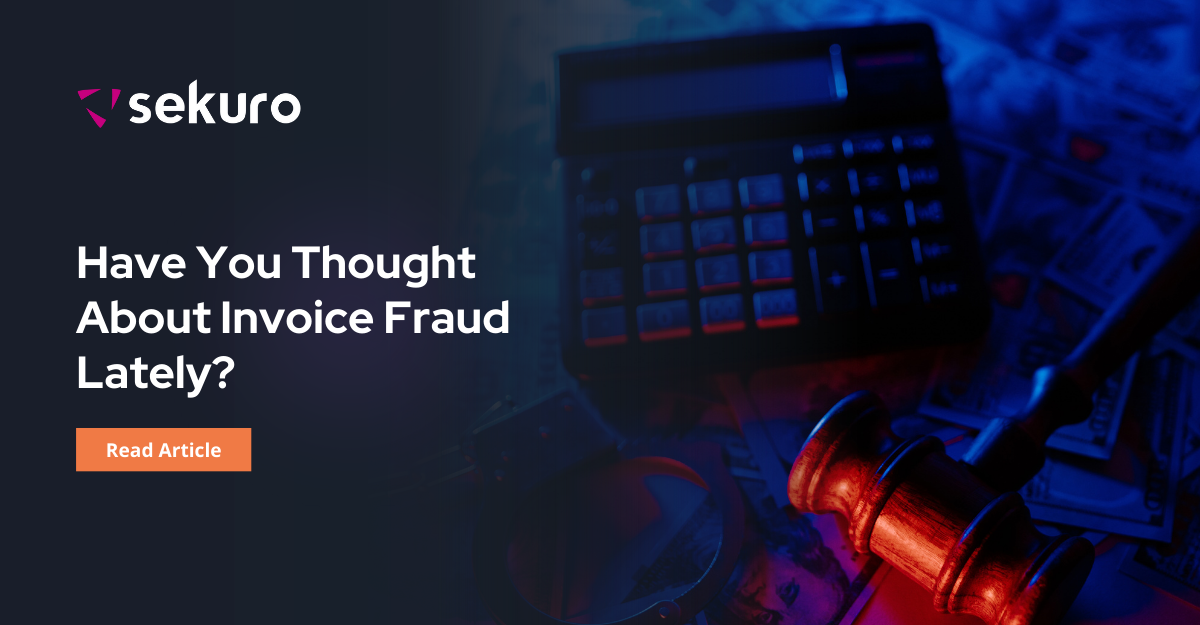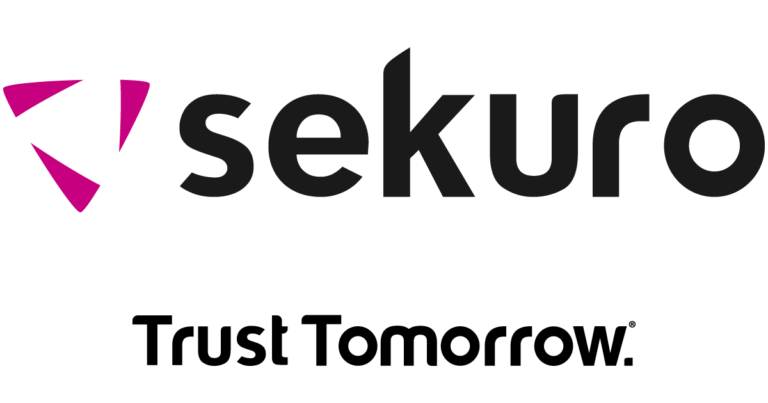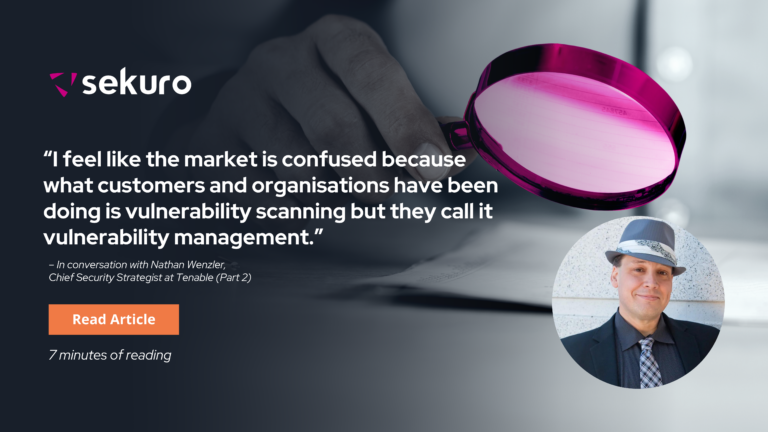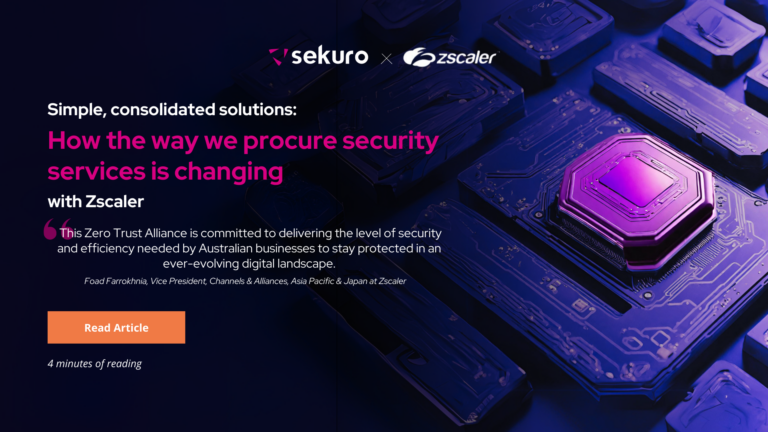With the news of the Silicon Valley Bank failing last week, and potential weaknesses in other mid-tier financial institutions, businesses are more likely than normal to re-assess who they bank with and make changes to their receivable account details. This significantly increases the opportunity for Invoice Fraud.
What is Invoice Fraud?

Invoice fraud is when someone sends a fake invoice or bank details to a business and tries to trick them into paying for something that they didn’t actually buy or or a service that was not provided.
This is usually done by impersonating a legitimate vendor or supplier, using a fake email or invoice that looks real, or using phishing emails in order to deceive the business into sending payment into the wrong hands.
How does invoice fraud impact cyber security?
Many invoice fraud scams involve the use of digital technologies and social engineering tactics to trick victims into revealing sensitive information such as log in credentials, which can then be used to access financial systems to search for details such as customer information and purchase orders and then initiate fraudulent transactions. Criminals aim to create an invoice that looks as realistic as possible.
Cyber criminals often use phishing emails to trick victims into revealing sensitive information which can be utilised to create the fraudulent invoice. Social engineering tactics such as impersonation, pretexting or baiting can also be used to manipulate victims into providing sensitive information.
There are several steps that businesses can take to prevent invoice fraud:
- Verify the identity of the vendor or supplier before making any payments. This can be done by checking the email address and contact details provided, and by confirming their business credentials.
- Use secure payment methods, such as bank transfers or credit cards, instead of sending cash or checks. These methods provide a paper trail and can help to detect fraudulent activity.
- Implement strong password policies and two-factor authentication to prevent unauthorised access to company email accounts. This can help to prevent hackers from impersonating vendors or suppliers and sending fake invoices.
- Train employees to recognise and report suspicious emails or invoices, and establish clear procedures for handling them. Employees should be trained to verify the authenticity of any invoice or payment request, and to report any suspicious activity to management.
- Conduct regular audits and risk assessments. Doing so can help to identify vulnerabilities and areas for improvement in a business’s cyber security practice.
By taking these steps, businesses can reduce the risk of falling victim to invoice fraud and protect themselves from financial loss and reputational damage.
Get in touch with us for more information and to obtain a risk assessment or a comprehensive review of your General Risk and Compliance.

Romain Rallu
Co-Founder, Sekuro
Romain is a passionate business leader, bringing 20 years of experience in the information security industry. He is dedicated to helping businesses bridge the various gaps between technical and business spheres to implement effective governance architectures. He leads Sekuro’s operations by drawing on his detail-focused background in governance and cyber security auditing. Prior to Sekuro, Romain was the CEO and Co-Founder of Privasec Pty Ltd, an independent security, governance, risk, and compliance consulting firm which was acquired by Sekuro in 2021. Romain has particular expertise in governance, risk and compliance, information security strategy and governance, policy frameworks, Information Security Frameworks and Management Systems (ISMS), risk frameworks, risk management, and cyber security auditing. He is a Certified Information Systems Auditor; a PCI DSS certified Qualified Security Assessor; and is a member of the Information Systems Audit and Control Association and the Australian Information Security Association.







